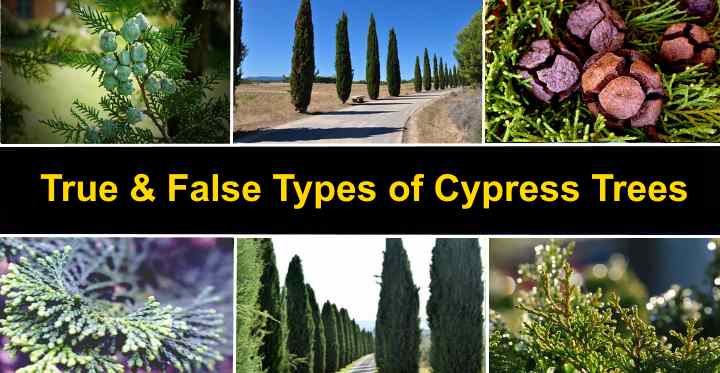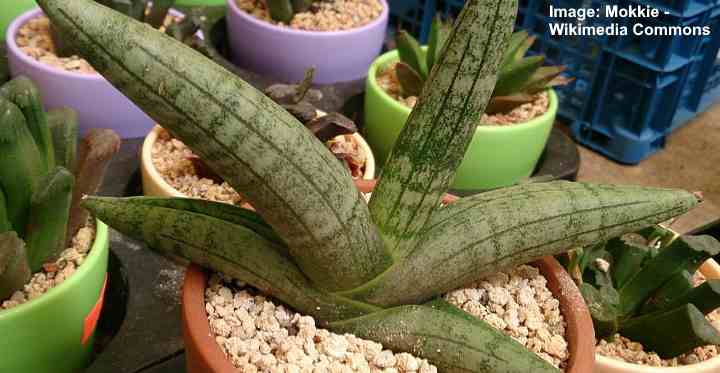Ants in the Garden – Good or Bad? (and How to Get Rid of Ants)

Ants play a beneficial role in a healthy garden’s ecosystem and can be good for gardens – ants tunnel in the ground, helping to aerate the soil and that allows moisture and oxygen to get to plant roots. The small six-legged insects also speed up the decomposition of decaying plant matter, helping to fertilize plants.
Peperomia Obtusifolia (American Baby Rubber Plant): Care and Growing Guide (Pictures)

Peperomia obtusifolia (American baby rubber plant) is a compact perennial houseplant with rounded, leathery green leaves. Baby rubber plants are prized for their shiny, bushy foliage that can be dark green, light green, or have variegated succulent-like leaves. Peperomia obtusifolia produces white, non-showy flower spikes in spring.
Watermelon Peperomia (Peperomia Argyreia): Care and Growing Guide
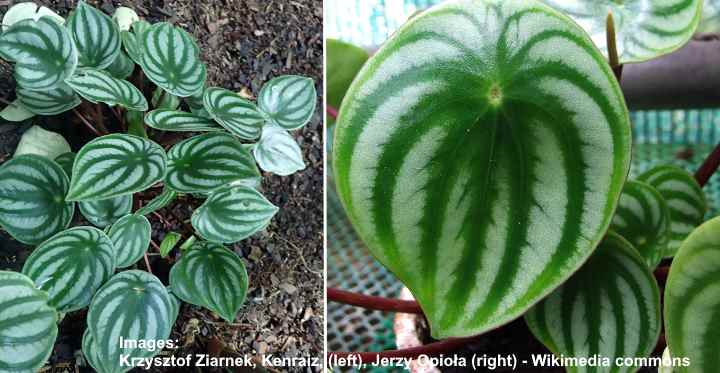
Watermelon peperomia (Peperomia argyreia, previously known as Peperomia sandersii) is a charming houseplant with striped leaves resembling a watermelon’s rind. Its succulent-like waxy leaves are oval with green and silver markings growing at the end of maroon-reddish stems. Watermelon peperomia plants can produce insignificant flower spikes at the end of long stems. The bushy houseplants grow up to 8” (20 cm) tall and are easy to grow at home.
Peperomia Hope: Plant Care and Growing Guide

Peperomia ‘Hope’ (Peperomia tetraphylla ‘Hope’) is a popular houseplant with oval, succulent-like green leaves. Its small leaves grow in groups of three or four on the stems. This perennial epiphyte is an ideal hanging basket plant because of its compact growth, trailing stems and evergreen foliage. Peperomia ‘Hope’ can produce tiny flowers on long spikes but they are insignificant.
Crabapple Trees (Malus): Types, Flowers, Fruits (Pictures)
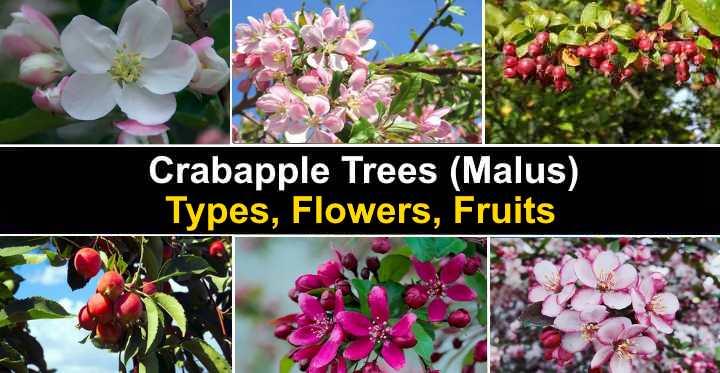
Crabapple trees are stunning ornamental flowering trees. Crabapple flowers come in spectacular shades of pink, white, cream, purple, orange, and red. Crabapple trees produce small fruits called crabapples that generally have a tart taste. The colorful miniature apples often stay hanging on the tree long after the leaves have dropped in the fall.
Types of Cypress Trees: Bald Cypress, Lemon Cypress, and More (Pictures)
Peat Moss (Sphagnum Peat Moss): Uses in Garden Soil, Benefits and More
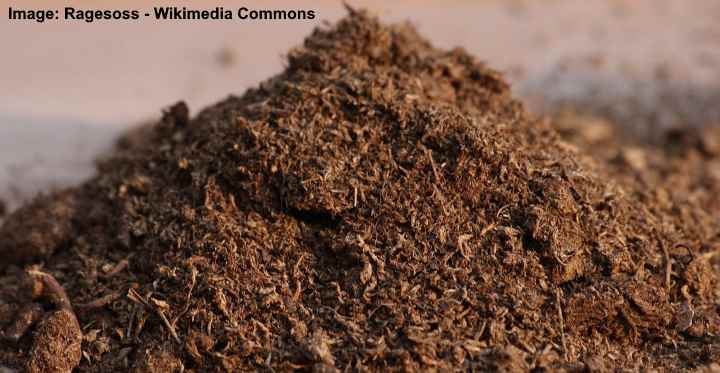
Peat moss is a useful garden soil amendment or ingredient in potting soil. Gardeners use peat moss to increase soil moisture retention, aerate the soil, retain nutrients, and prevent soil compaction. Peat moss is also used to grow seeds, improve soil texture, and create various types of potting mixes.
Sansevieria ’Starfish’: Caring for Sansevieria Cylindrica (Cylindrical Snake Plant)
Types of Eucalyptus Trees: Leaves, Flowers, Bark – Identification Guide (With Pictures)

Eucalyptus trees are species of large flowering trees and shrubs with aromatic leaves and attractive smooth peeling bark. Some types of Eucalyptus trees are called gum trees, and fruit from eucalyptus plants are called gumnuts. Eucalyptus plants are native to Australia but also grow in tropical and temperate climates throughout the world.
Foxtail Fern: Caring for Asparagus Foxtail Fern (Asparagus Meyeri)
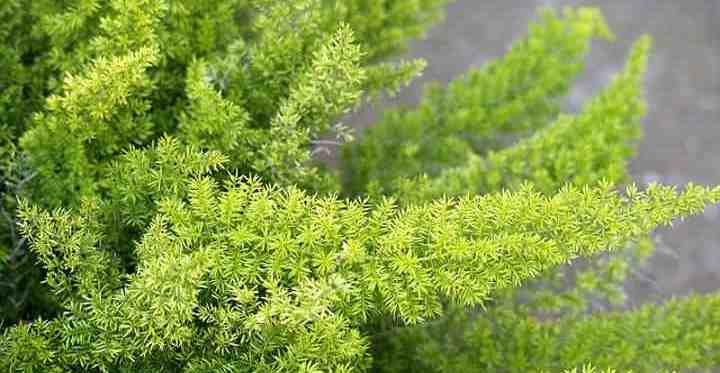
Foxtail ferns are ornamental evergreen plants with plumes of bushy green foliage. Asparagus foxtail ferns are perennials in the family Asparagaceae and are not a true fern. Foxtails ferns get their name from their fern-like leaves that grow in conical, bottlebrush shapes—just like a fox’s tail. Foxtail ferns grow outdoors in USDA zones 9 to 11.

